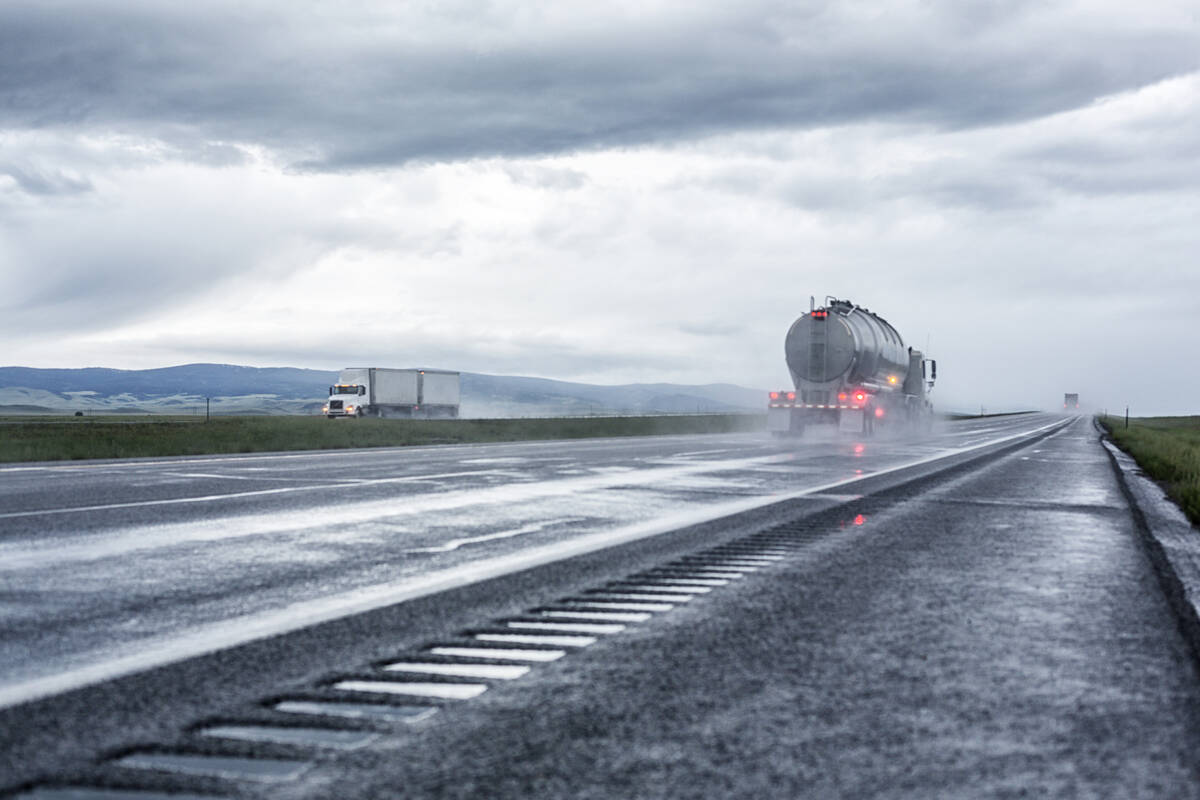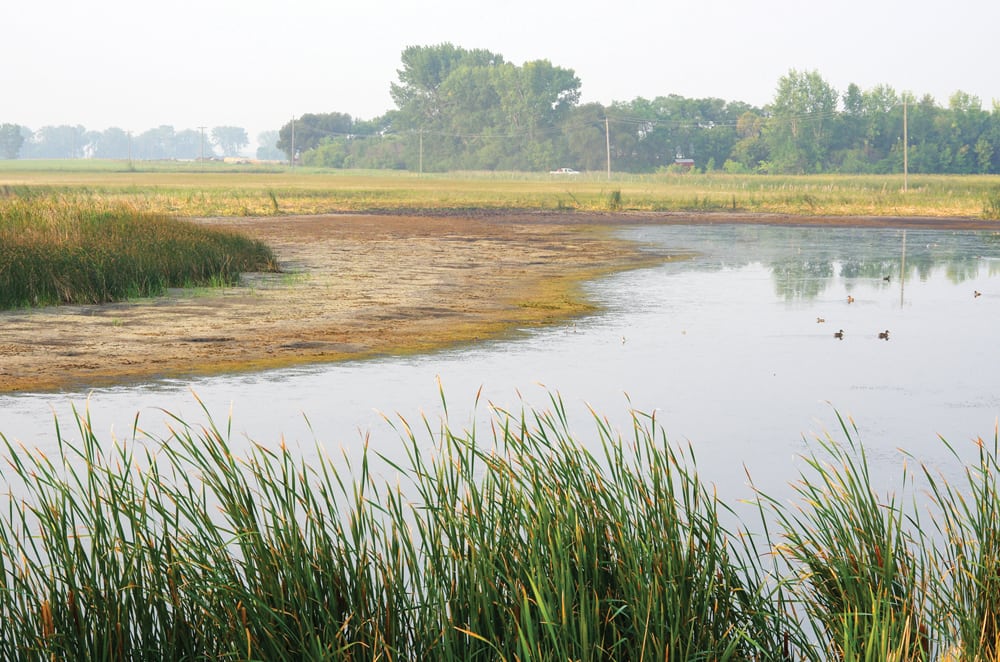The Rural Municipality of Lansdowne has reached its 130th year, but a cake served at a do just before Christmas in Arden wasn’t to celebrate that milestone.
It was for a retirement and farewell for two of its councillors who won’t be sitting at the table after January 1, 2015.
Their wards are gone, and so is Lansdowne, incorporated in 1884, as its merger with neighbouring Glenella becomes official New Year’s Day.
Across Manitoba amalgamated municipalities have been similarly getting ready for the big day. Manitoba now has 137 municipalities — or 60 fewer — since the province decreed in 2012 those with fewer than 1,000 residents must amalgamate.
Read Also

Province pledges funds to CentrePort Canada
The Manitoba government has pledged $450,000 towards projects at inland port CentrePort Canada.
The first day of 2015 is one for the history books, says Gordon Goldsborough, Manitoba historian and author of With One Voice — A History of Municipal Governance in Manitoba.
Not since the years between the 1880s and 1910, when the original entities emerged from a previous county system, have we seen such dramatic redrawing of the municipal map, he said.
“I would say it’s probably the most significant rearrangement of the municipal landscape we’ve had in over a century.”
Change
But for leaders like Richard Funk, who’ll be reeve of the new Glenella Lansdowne Municipality, it’s all happened too fast and too soon.
“Amalgamation has probably come 20 years too soon is what we were thinking,” he said. “It’s been like painting your house before it needs it.”
They have just 723 residents, but were otherwise in fine fiscal shape, he said.
“We didn’t feel this was needed,” he said. “We weren’t filthy rich or anything but we’re in good shape. Our taxes are the lowest in the province.”
But the time for protesting forced amalgamation is over.
Goldsborough says events of the past two years have reminded him of how rankled Manitobans were with school boundary reform in the 1960s.
“People were mad as heck about that too,” he said. “But I think most will agree today that it was a good thing. Their kids got a better education because of it. They were better socialized with more people to interact with, and they had more options.
“I think the same will hold true with this (municipal reform),” he adds.

Lessons from history
Present-day municipalities emerged from a county system copied after Ontario and enacted in 1877. By the early 1880s, there was rapid increase in new municipalities around the province as the CPR pushed through carrying a massive influx of settlers and as Manitoba enlarged from its initial ‘postage stamp’ size to is present eastern and western boundaries.
Those earlier counties covered huge territories, and ultimately proved unwieldy for horse-and-buggy-driving leaders of the day.
Present-day municipal leaders often evoke that piece of their history and use it to support arguments for getting bigger, or keeping the status quo. Those who point out it didn’t work then say we haven’t learned from history if we go that way again.
But the historian points out that the reality today is a far cry from yesteryear.
“In those days to get from point A to point B you basically got on your horse to ride for hours or days within the same county. Today you can be in your truck or car and be at any point within these new municipalities within minutes. Communication is better, transportation is better, infrastructure is better.”
Expectations
The newly amalgamated municipalities of 2015 will unquestionably face challenges, especially if they can’t find ways to spur economic development and stop further rural depopulation, he adds.
Watching the events of the past two years unfold, Goldsborough says he’s begun to think we’re someday due for boundary changes along something beyond political lines.
“One of the things I’ve always wondered about is why, when we’re rearranging municipalities, do we insist on combining the current ones?” he said. “Increasingly the province is looking at managing watersheds and conservation districts typically span several municipalities. Wouldn’t it make sense to reconfigure municipalities along watershed boundaries too?”
Enough kerfuffle
But given the kerfuffle over merging with a next-door neighbour or two, that’s not likely happening soon.
Funk said they were “disappointed” to be forced to merge and maintains he still doesn’t see much advantage in it. At least, not for Lansdowne. But Glenella will benefit, he adds.
“They’ll see a little more gravel on their roads. We’ve got more machinery to add to their collection. It’ll work. They have very fine folks up there but they were very limited because of their assessment.”
Lansdowne can be proud of many things. It hasn’t raised taxes for eight years and the roads and ditches are in good shape. They’ve signed multiple and large conservation agreements over the years and they’re home to “the finest gravel in the world.”
They have a rich history.
“We were one of the founding municipalities beyond the ‘postage stamp’ province and at one time our town was the biggest town around,” he adds.
“That was at the start at the turn of the other century. We were bigger than Neepawa. But we were off 16 highway and that’s what caused us not to grow.”
















